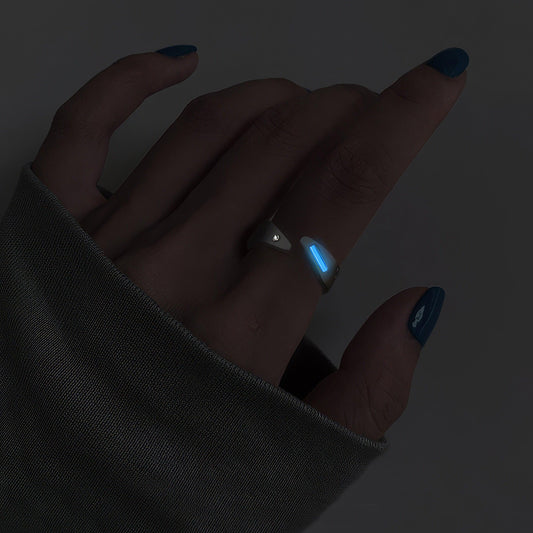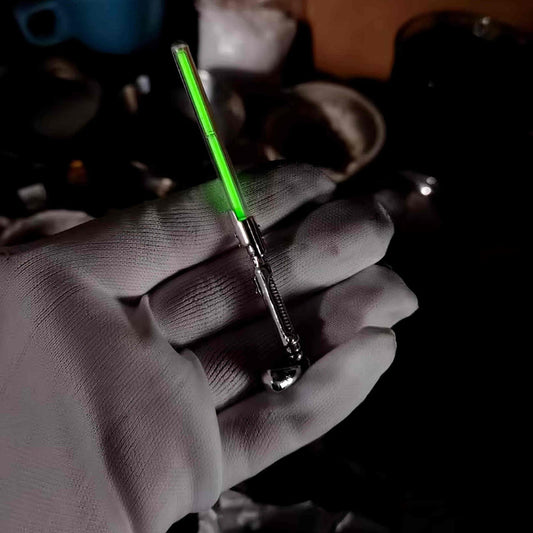Understanding the Difference Engagement Ring vs Wedding Band
Understanding the Difference Engagement Ring vs Wedding Band
Upon proposing to my now-wife, I learned a whirl of details I’d somehow skirted up until that point—an education by fire in the world of jewelry, specifically engagement rings and wedding bands. I had always thought the only difference lay in which hand they adorned. Turns out, there’s a surprising amount of tradition and symbolism packed into these small circles of metal that had me, unintentionally, deep-diving into what they really mean.
First things first, the engagement ring is usually the star of this matrimonial duo. Historically, it features a prominent gemstone, most often a diamond, symbolizing a promise or commitment to marry. This tradition can be traced back to ancient Rome, where wives wore rings attached to small keys, signifying their husbands’ ownership. Fast forward to the 20th century, with marketing magic shaping contemporary perceptions, diamonds became synonymous with engagements, mostly due to their enduring nature which metaphorically aligns with the promise of eternal love.
Not to be outdone in meaning, the wedding band holds its rightful spotlight. It’s typically worn by both partners after words of matrimony are exchanged. Traditionally simpler in design compared to engagement rings, wedding bands symbolize unity and eternity. Their circular, unending shape speaks to infinite love, a concept I found poignantly simple yet profoundly binding during our actual ceremony.
Interestingly, the materials for both have evolved. While my fiancée briefly flirted with the idea of a non-traditional stone like emerald or sapphire, she settled on a classic diamond. For the bands, we opted for platinum, drawn to its resilience—a match for life’s unpredictable journeys, we mused. Each couple’s choice of material often reflects aspects of their relationship or values, making these rings deeply personal tokens.
Anecdotally, during our ring shopping experience, I remember the jeweler’s unsolicited insight: “Engagement rings catch the eyes, but wedding bands catch the heart.” A simple but profound perspective that stuck with me. It seemed to capture the essence of what each piece represented: the engagement ring's allure—an invitation to a shared future—and the wedding band’s quiet, steadfast affirmation of that promise.
In Western culture, wearing these rings on the fourth finger of the left hand is believed to follow the ancient belief in the "vena amoris," or vein of love, that was thought to run directly to the heart. Like many modern couples, we’ve chosen to keep this tradition alive, not only for its romance but also for the little shared snicker we get when glancing down at the rings during less glamorous moments of married life—like debating whose turn it is to do the dishes.
When all is said and done, understanding the difference between an engagement ring and a wedding band goes beyond the surface to appreciate the rich traditions and personal stories that each pair carries forward. These rings, while small, encapsulate layers of meaning and significance that, much like the relationships they represent, are unique to each couple. So, when I now glance at our rings, I see not just metal and stone, but a lovely amalgamation of our journey, quirks, and shared life.



























